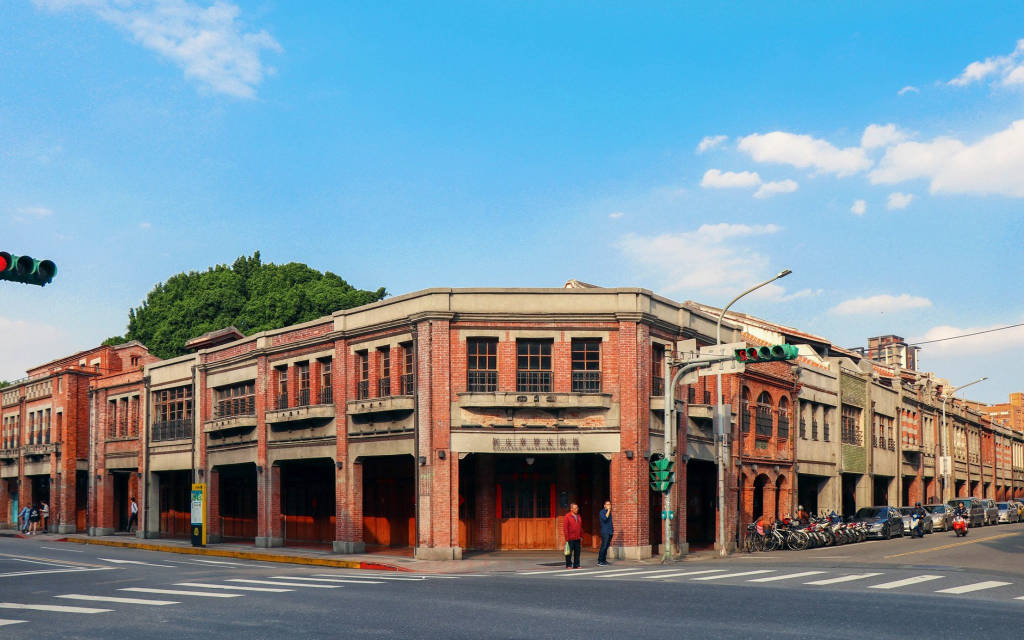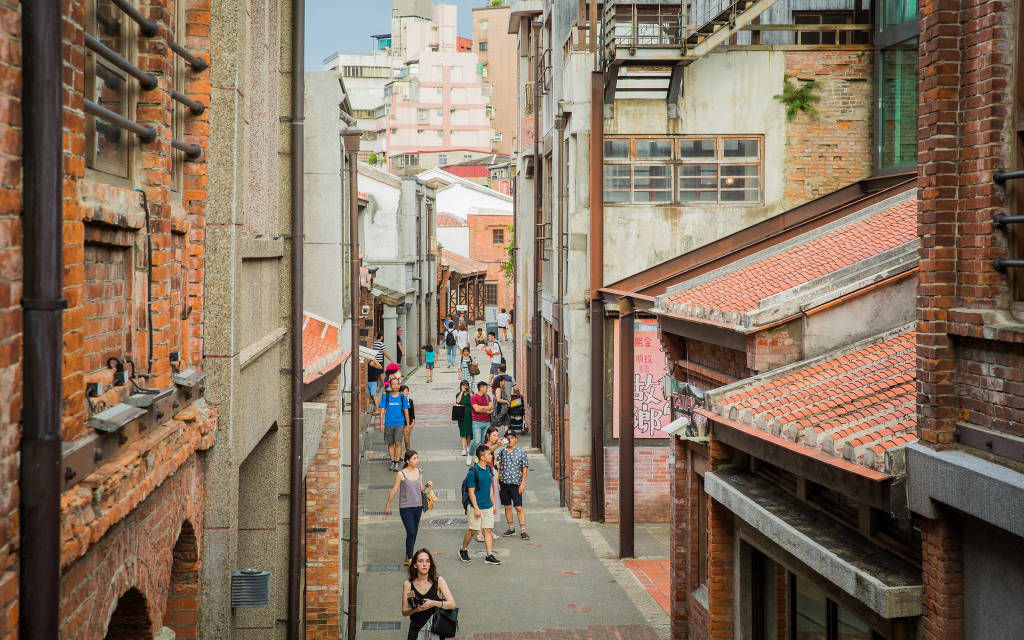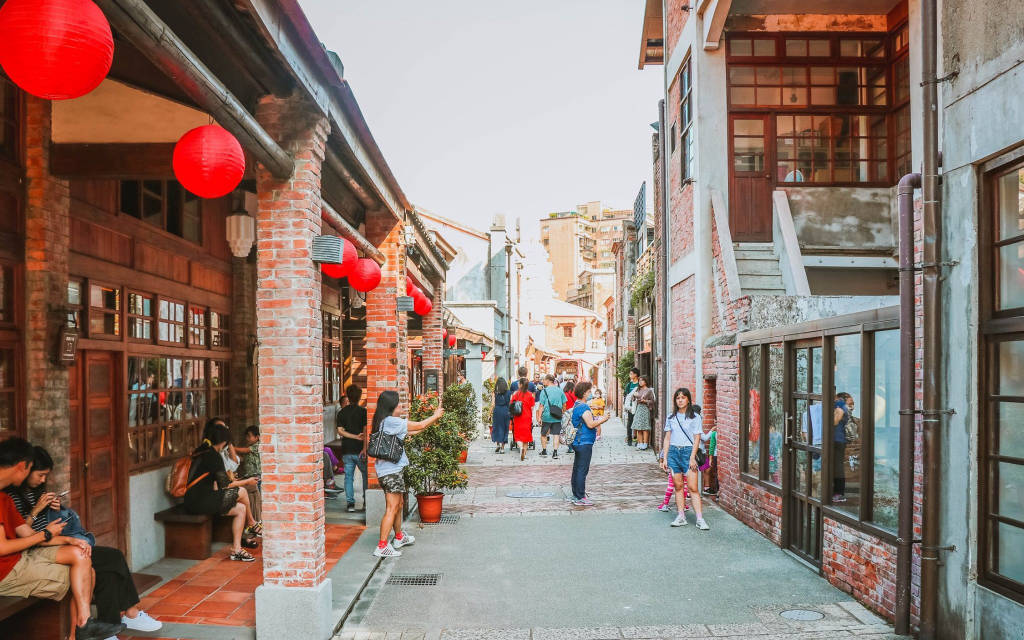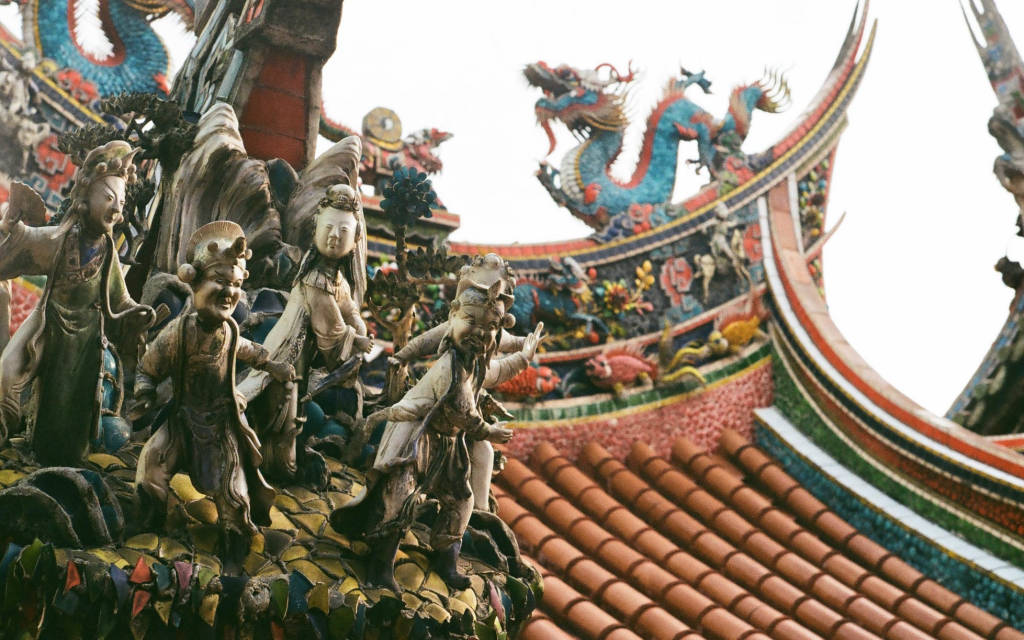The community in Bopiliao was first formed in the early days of the dynasty and began to develop in parallel with the ups and downs of Taiwan's history through different periods: from when Taiwan was a part of Taiwan. Japanese territory until after World War II. During the heyday of the Qing Dynasty (late 1800s), Bopiliao was one of the busiest and most prosperous commercial districts in Taipei. Bopiliao's architecture reflects many different and diverse cultures and uniquely represents the once flourishing Mengjia culture. During the Japanese occupation period (1895-1945), due to the influence of the planning and urbanization process, some roads and architectures were demolished and reduced the overall connection of an architectural area. Cultural history. At the beginning of 2000, the Taipei city government carried out a project to restore the typical historical buildings of Bopiliao and established the Cultural and Heritage Education Center with the aim of preserving and introducing the character of Bopiliao. beautiful indigenous culture to tourists from all over the world. In 2009, the historic neighborhood of Bopiliao officially opened to welcome visitors.
Nestled in the heart of Wanhua District, Bopiliao continues its more than one-hundred-year-old heritage journey through its iconic arches and sepia brick walls. Visitors will find here a variety of traditional shops dating back to the Qing Dynasty (1683 – 1895), buildings built during the Japanese occupation, (1895–1945) up to the very beginning. post-war period. These ancient buildings witnessed the development in the history and culture of Taipei City and have now become a cultural and educational landmark for the next generation. Some of the buildings in the area are used for exhibitions, cultural exchanges and arts.
Taiwan used to be the territory of southern Fujian, then a Japanese colony and then back to the Republic of China, so the architecture of the buildings in Bopiliao is very diverse and has many different styles. The northern area of Bopiliao is home to more traditional architecture, heavily influenced by the Qing Dynasty, while the surrounding streets have been developed over time. Characteristic of the buildings here are the red brick domes, balconies and meticulous decorative elements representing each period of the city's history. Today, buildings in the area are renovated and remodeled with the goal of preserving and presenting a unique cultural heritage to tourists.
The Heritage and Culture Education Center was also established by the Taipei city government in 2006 with the function of preserving Bopiliao heritage, contributing to education, spreading self-peace and the sense of protecting the national heritage for the young generation. The museum dedicates a separate area to exhibit an overview of the process of shaping and developing education in Taiwan from feudal China to the Japanese occupation. The exhibitions here are very rich and diverse with historical documents and artifacts, contributing to a detailed explanation of the Confucian system established by the Qing Dynasty, the ethnic discrimination education system of the Japanese, and finally the national integration system reconstructed by the ROC government.
Another section of the museum gives an overview of the development of medical care in Taiwan. In addition to the exhibits on traditional medicine, visitors will find exhibits overviewing the efforts and contributions of Western missionaries to the medical and social development of Taiwan in the 1800s. ; especially the image of Dr. Lu A-Chang and his contributions and positive influence on the development of the Bopiliao ear health system.
The main attractions are open from 9am to 9pm. Exhibitions and museums will close from 6pm and admission is free except for special exhibitions.
Bopiliao is located in the downtown area of Taipei, so it is very easy to visit by public transport such as bus, train, subway. More information can be found via the link https://www.bopiliao.taipei/EN/Information/Traffic
 Register
RegisterSign in Travel Agent
Sign in Supplier
Sign in Affiliate
Sign in Guru









 Lane 173, Kangding Road, Wanhua District, Taipei City, Taiwan 108
Lane 173, Kangding Road, Wanhua District, Taipei City, Taiwan 108